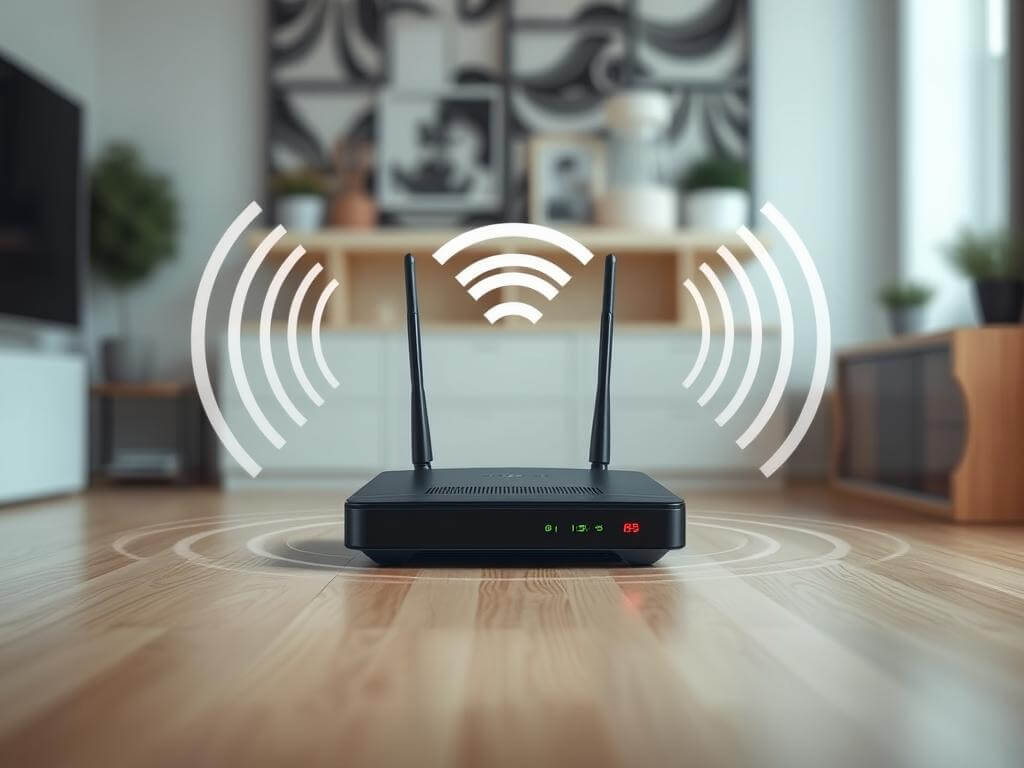Solar Battery Lifespan: How to Maximize Your Investment
Sunlight is free, but the equipment that stores its power for your evening use is a significant household investment. Many homeowners focus on the panels themselves, yet the battery that holds that energy is the true heart of your solar system, directly impacting your energy independence and long-term savings. Protecting this asset isn’t about complex technical rituals; it’s about adopting simple, smart habits that integrate seamlessly into daily life. In this article, we will explore practical, everyday strategies to extend your solar battery‘s lifespan, helping you get the most value from your clean energy system.

Understand Key Factors That Impact Battery Longevity
Optimal Charging Habits: Avoid Deep Discharges
Think of your solar battery not like a fuel tank to be emptied, but more like a smartphone battery that appreciates smaller, more frequent top-ups. Completely draining your battery before recharging places significant strain on its internal chemistry, accelerating wear and reducing its overall capacity over time. A much healthier habit is to keep its charge level between 20% and 80% for daily use rather than swinging from 100% down to zero. By avoiding these deep cycles, you directly preserve the battery’s ability to hold a full charge, much like how you’d preserve the health of a car battery. This simple shift in usage is one of the most effective ways to add years to its service life.
Temperature Management: Prevent Extreme Heat & Cold Exposure
Your solar battery has a comfort zone, much like you do, and exposing it to extreme temperatures is one of the fastest ways to shorten its life. Intense heat accelerates internal chemical reactions, leading to permanent degradation and a loss of storage capacity, while extreme cold increases internal resistance. This is why placing your battery in a cool, dry place like a garage or basement, away from direct sunlight and freezing conditions, is crucial. For climates with severe temperature swings, considering a temperature-controlled enclosure can make a world of difference. By simply managing its environment, you are providing a stable foundation that allows the battery to perform optimally.
Implement Smart Maintenance & Monitoring Practices
Regular System Checks & Professional Inspections
Just as you might visually check your appliances for any obvious issues, taking a few minutes every month to look over your battery system can help catch small problems before they become big ones. This involves ensuring the unit is clean, free of dust that can clog vents, and checking that the area around it is clear of clutter. While these basic visual checks are valuable, they are no substitute for a professional inspection, which should be scheduled at least once a year. A certified technician can perform diagnostic tests, check for software updates, and tighten any electrical connections that may have loosened over time.
Using Monitoring Software to Track Performance & Health
Modern solar batteries are intelligent devices, and their accompanying smartphone apps provide a real-time window into their health and performance. These tools allow you to easily track daily energy flow, state of charge, and overall efficiency, turning abstract concepts into clear, actionable data. More importantly, the software can alert you to subtle performance dips or unusual patterns that might indicate an underlying issue. By reviewing this data periodically, you can verify that your system is operating within its ideal parameters. This constant digital oversight empowers you to be an informed owner.
Choose the Right System & Settings from the Start
Proper System Sizing & Installation Quality
A long battery life begins with choosing a system that is correctly sized for your household’s typical energy consumption. An undersized battery will be consistently overworked, cycling too deeply and too frequently, which rapidly wears it out. This is why a professional energy audit and a detailed discussion with your installer about your daily kWh usage are absolutely essential. Furthermore, the quality of the installation itself sets the stage for years of safe and reliable operation. Investing time in this initial planning phase ensures your system is a perfect fit for your life.
Configuring Appropriate Depth of Discharge Limits
One of the simplest yet most powerful settings for preserving your battery is the Depth of Discharge (DoD) limit, which acts as a built-in safeguard against overuse. Think of the DoD as a “reserve tank”; setting a conservative limit, such as 80%, means you only use 80% of the battery’s total capacity, always keeping a 20% buffer. While this means you have slightly less daily usable energy, the trade-off is a dramatically extended battery lifespan. Your installer can help you find the right balance between daily available power and long-term preservation.
Conclusion
Extending the life of your solar battery is not about technical complexity; it is about consistent, smart habits that protect your investment and enhance your energy independence. By understanding the impact of charging cycles and temperature, implementing simple monitoring routines, and making informed choices from the beginning, you take control of your system’s long-term health. For homeowners seeking a solution that embodies seamless integration of robust performance and user-friendly management, the EcoFlow solar battery is an excellent choice. Its high-quality build and intelligent system are designed to deliver reliable power with minimal upkeep. Ultimately, adopting these practices means you are investing in a more resilient, sustainable, and cost-effective lifestyle for you and your family.










